Exploring Nail Culture Around the World: Traditions and Trends
Nail culture encompasses a broad spectrum of practices, traditions, and artistic expressions found globally. From ornate designs in Asia to minimalist styles in Scandinavia, nails are more than just protective coverings for our fingertips; they are a canvas for self-expression, a reflection of cultural values, and sometimes even a political statement. This article explores the diverse world of nail culture, examining the traditional and contemporary trends that shape it.
Historical Context of Nail Care
The practice of nail care dates back thousands of years, with evidence suggesting that both men and women in ancient civilizations used various substances to beautify their nails. In Ancient Egypt, for example, Egyptians used henna to color their nails as a symbol of status, with dark shades often reserved for the elite. Similarly, in ancient China, nail extensions were worn as a sign of wealth, indicating that the wearer did not have to engage in manual labor.
As these ancient practices evolved, they laid the groundwork for modern nail aesthetics. Today, nail care has transformed into a global phenomenon influenced by age-old traditions, modern fashion trends, and the rise of social media platforms showcasing nail art.
Nail Care Practices Across Cultures
Asia: The Home of Artistic Expression
In Asian countries, particularly in Japan and South Korea, nail art has reached an extraordinary level of creativity and detail. Japanese nail art, known as “Nail Art,” emphasizes intricate designs that often incorporate 3D elements. This can include everything from tiny gems to elaborate landscapes depicting seasonal changes. Many Japanese nail salons are dedicated to this art form, where skilled technicians can spend hours executing elaborate designs that reflect personal tastes or current trends.
Meanwhile, South Korea has become famous for its "gel nails", which offer longevity and a glossy finish. Korean nail technicians often use a mix of techniques borrowed from western styles while also incorporating local trends, like "negative space" designs and seasonal themes.
Africa: Tradition Meets Modernity
In several African cultures, nail decoration has significant cultural meanings. For example, the Himba women of Namibia traditionally apply a mixture of ochre and fat to their nails, symbolizing beauty and social status. In many West African cultures, elaborate nail designs made with natural dyes are common during festivals and important ceremonies.
More recently, the influence of global trends has led to a fusion of traditional designs with contemporary art styles in cities like Lagos and Johannesburg. Nail art here often combines vibrancy and bold patterns that reflect both African heritage and modern styles.
The Mediterranean: Influences of Colors and Textures
In Mediterranean countries, such as Italy and Greece, nail care is often influenced by the warm climate and vibrant culture. Traditionally, women would apply natural oils to enhance the health of their nails and to protect them from the sun. Today, nail salons offer a wide array of gel polishes and artistic designs that reflect the playful spirit of summer days and coastal living.
Italian nail art, for example, often features a blend of classic and avant-garde styles. This can mean anything from chic French tips to striking designs inspired by the latest runway fashions. Similarly, Greek nail art frequently incorporates elements of maritime life, using shades of blue and ocean-themed designs.
Nail Culture in the West: From Minimalism to Maximalism
North America: The Rise of Nail Art
In the United States, nail salons began to proliferate in the late 20th century, and the "Nail Bar" trend emerged around the early 2000s. This marked a significant cultural shift in how nail care was perceived. The rise of social media platforms, especially Instagram, has directly influenced nail fashion, leading to the growth of nail art as both an industry and a form of personal expression.
While minimalism is popular, especially in cities like New York, maximalism with creative nail designs—like tie-dye effects or pop-culture references—thrives in other regions. Brands like Olive & June and Dazzle Dry have contributed to the explosion of at-home nail care, making various tools and techniques accessible to the average consumer.
Europe: A Blend of Tradition and Modernity
In Europe, nail culture varies from country to country. For instance, the French manicure originated in France and has become a timeless classic recognized worldwide. Despite its simplicity, variations of the French tip have been adopted and adapted, ranging from colorful variations to intricate designs that pay homage to the original concept.
In the UK, there is a strong trend towards sustainability in beauty, including nail care. Eco-friendly brands focusing on non-toxic ingredients and ethical production are becoming increasingly popular. As a result, many salons are beginning to offer vegan and cruelty-free nail products alongside their standard selections.
Influential Figures in Nail Culture
A glance at influential figures can provide insight into the evolution of nail culture. Notably, the rise of NailArtists in the digital age has transformed nails into a mainstream art form. Artists like Betina Goldstein and Julie Kandalec have gained substantial followings online, not only for their creative designs but also for their educational content, teaching followers techniques and trends.
Moreover, celebrities have played a substantial role in popularizing nail trends. Stars like Ariana Grande and Kylie Jenner frequently showcase unique nail styles that resonate with their millions of followers, thus fueling interest in nail art.
The Future of Nail Culture
As we continue to advance into the 21st century, the future of nail culture seems bright. The intersection of technology and nail care is likely to pave the way for new innovations. Augmented reality apps, for example, now allow users to try on different nail colors and designs digitally, creating a more personalized shopping experience.
Moreover, sustainability will be at the forefront of nail culture. As the beauty industry increasingly grapples with its environmental impact, expect to see more eco-conscious brands emerging, focusing on non-toxic formulas and sustainable practices.
Additionally, the global exchange of ideas through social media platforms will further diversify nail culture, making unique designs from one part of the world accessible in another. This cultural exchange will lead to more hybrid styles, blending traditional elements with contemporary aesthetics.
Conclusion
In conclusion, nail culture around the world is a rich tapestry woven from a wide range of traditions, trends, and personal expressions. As societies evolve and influence one another, nail art continues to grow in complexity, creativity, and significance. Whether representing a cultural milestone or simply serving as an accessory for self-expression, nails are undeniably an essential part of global culture.
Ultimately, the exploration of nail culture reveals much about societal values, creativity, and interconnectedness across borders. As technology advances and cultural exchanges continue, the future of nail culture is sure to be as dynamic and diverse as the world itself.
References:
Modern footnotes in the article would reference studies, articles, or websites where more in-depth information on specific topics can be found, illustrating the blend of ancient traditions with modern trends in nail culture.
[1] "The History of Nail Art," Nail It Magazine, Accessed October 2023. [2] "Cultural Significance of Nail Care in Africa," The Guardian, Accessed October 2023. [3] "The Science of Nail Products: Toxic vs. Non-Toxic," Vogue, Accessed October 2023. [4] "The Evolution of Nail Art," Harper’s Bazaar, Accessed October 2023. [5] "The Role of Social Media in Nail Trends," Fashionista, Accessed October 2023.Feel free to dive deeper into any specific section or topic for more detailed examination!















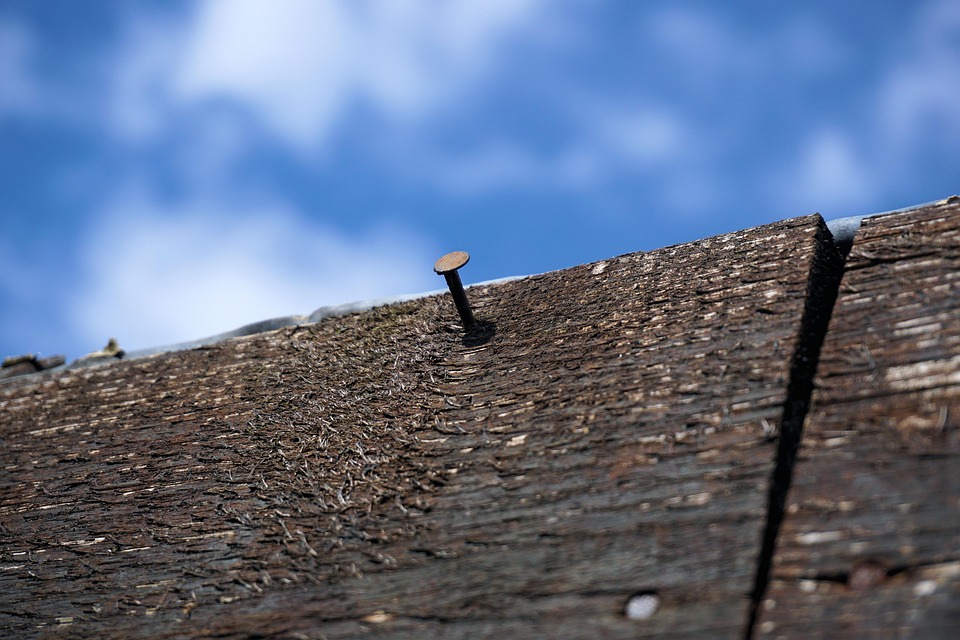
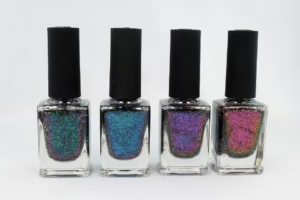
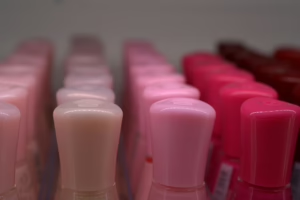
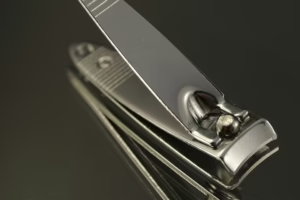

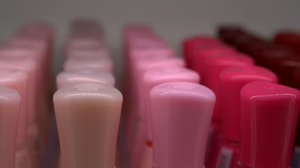
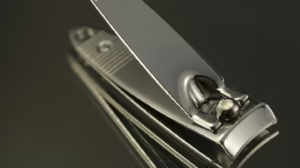




Add Comment